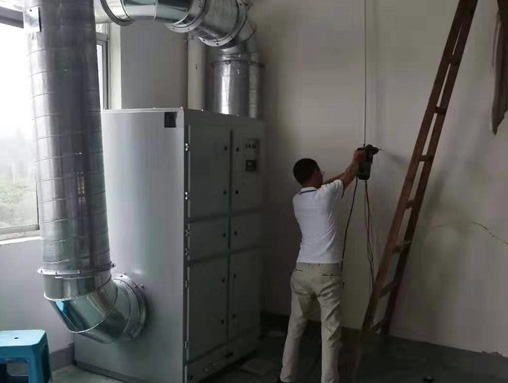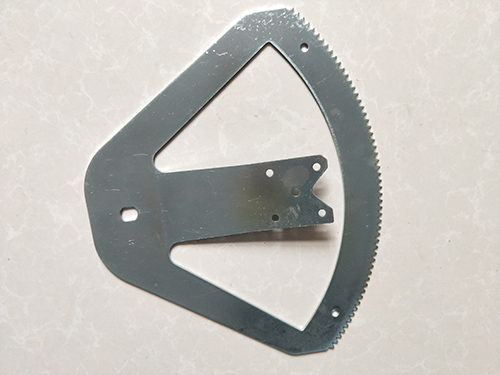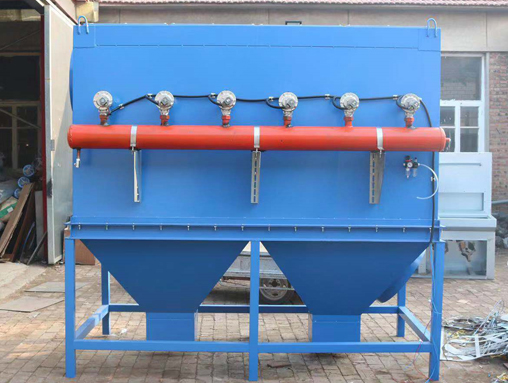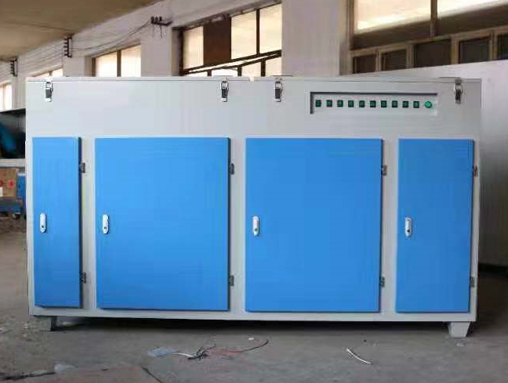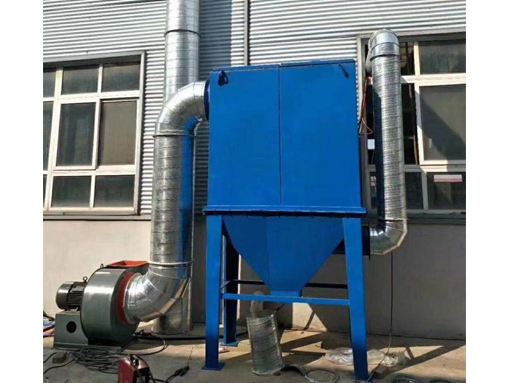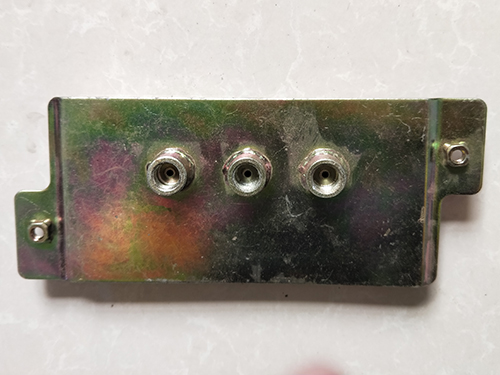Hardness testing and production process of automotive stamping parts
The automotive stamping parts industry plays an important role in driving the development of the national economy, and the development of the automotive industry can have an impact on the economy and society. However, currently, China's automotive industry is not yet developed, and multiple forces are needed to promote its development. The development of automotive molds is an important force in promoting the development of China's automotive industry. The mold industry should be tailored to China's national conditions, and any industry that can play a significant role in the development of the national economy should be given priority for the development of such molds, and regarded as part of the development of the mold industry.
(1) Metal stamping parts; The mold market is one of the major features of today's mold industry. Mold buyers and manufacturers are all over the world. The development of the mold industry has made mold processing enterprises with simple production processes and low precision move to relatively backward technology and low productivity. Developed mold manufacturing enterprises are positioned on the molds they produce. Mold manufacturing enterprises face market competition. At the same time, mold manufacturers have to do everything possible to speed up production progress, and strive to simplify and abolish the wrong production processes. The mold production cycle will be further shortened.
(2) With the development of molds towards standardization and large-scale production, the combination of ultra precision machining technology with processing accuracy exceeding 1 μ m and technologies such as current collection, chemistry, ultrasound, and laser will have broad prospects in future mold manufacturing. High speed processing results in a smooth surface of the workpiece, saving processing time. The typical step distance is 0.02.54mm, and the surface tip is only 0.001mm high. Most workpieces processed at high speed have very smooth surfaces, without the need for further machining by fitters.
(3) With various developments, automatic mold processing systems have emerged, which are composed of multiple machine tools combined in a reasonable manner, equipped with accompanying positioning fixtures or positioning disks, complete tool and tool CNC libraries, and CNC flexible synchronization systems, with real-time quality monitoring and control systems. The development of automotive metal stamping molds is focused on high technical requirements for large and medium-sized car cover molds, especially for outer cover molds. The stamping dies for plates and uneven thick plates, as well as large multi station progressive dies and continuous dies, will have rapid development in the future. The development of multifunctional and multi station progressive dies is similar to that of large and long-life progressive dies. The development of precision stamping dies is focused on thick plate precision stamping dies and continuously improving their accuracy.
(4) In order to improve the service life of stamping molds, various superhard treatments on the surface of the molds have also been developed. To form solutions for digital manufacturing of molds, system integration, reverse engineering, prototype/mold manufacturing, and computer-aided application technology, provide mold and engineering services, improve enterprise level and mold quality, which is the development of stamping mold technology.
The hardness testing of metal stamping parts uses a Rockwell hardness tester. Small, irregularly shaped stamped parts can be used to test surfaces that are too small to be tested on a typical desktop Rockwell hardness tester. Stamping processing includes processes such as punching, bending, deep drawing, forming, and finishing. The data for stamping parts processing mainly includes metal sheet and strip data that are hot-rolled or cold-rolled (mainly cold-rolled).
For example, carbon steel plate, alloy steel plate, spring steel plate, galvanized plate, tin plated plate, stainless steel plate, copper and copper alloy plate, aluminum and aluminum alloy plate, etc. The series of portable Rockwell hardness testers are highly suitable for testing the hardness of these stamped parts. Alloy stamping parts are commonly used components in the fields of metal processing and mechanical manufacturing. Stamping processing is a processing method that uses molds to separate or shape metal plates and strips. Its usage scale is very broad.
The main purpose of hardness testing for stamping parts is to confirm whether the annealing degree of the purchased metal sheet is suitable for the upcoming stamping part processing. Different types of stamping part processing processes require different hardness levels of sheet metal. Aluminum alloy plates used for stamping parts processing can be tested using a Vickers hardness tester. When the thickness of the data is greater than 13mm, a Babbitt hardness tester can be used instead. Pure aluminum plates or low hardness aluminum alloy plates should use a Babbitt hardness tester.
Stamping parts are the production skills that use conventional or stamping equipment power to directly deform the sheet metal in the mold, and then obtain the shape, scale, and function of the product parts. Sheet metal, molds, and equipment are the three essential elements of stamping processing. Stamping processing is a method of metal cold deformation processing.
So, it is called cold stamping or sheet metal stamping, abbreviated as stamping. It is one of the methods of metal plastic processing (or pressure processing) and also belongs to the skill of data forming engineering. 50-60% of the world's steel is made from sheet metal, with the majority being products produced through stamping and pressing. The body and radiator fins of a sedan.
The steam drum of the boiler, the shell of the container, the iron core of the motor, and the silicon steel sheet of the electrical appliance are all stamped and processed. There are also many stamped parts in products such as instruments, household appliances, workbenches, and storage containers. Stamping is a temporary action that adopts composite molds. The exception is the multi station progressive mold, which can complete multiple stamping skill operations on one press and actively generate data.
Generated, with long rest time and low production cost, the group can produce hundreds of pieces per minute, which is favored by many processing plants. Stamping parts have the characteristics of being thin, uniform, light, and strong compared to castings and forgings. Stamping can produce workpieces with reinforcing ribs, ribs, coils, or flanges that are difficult to produce by skilled hands, in order to improve their rigidity.
Due to the rejection of rough molds, the precision of the workpiece can reach micrometer level, and the standards are common, allowing for the punching of holes, protrusions, etc. In practical production, process experiments similar to stamping processes are commonly used, such as deep drawing function experiments, bulging function experiments, etc., to verify the stamping function of data, in order to produce quality and high pass rates.
